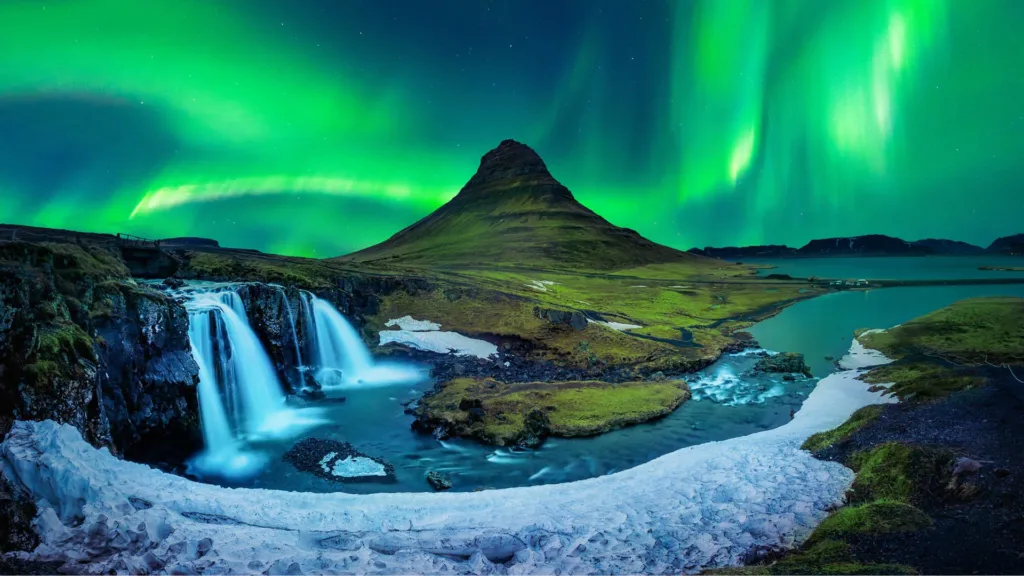The enchanting phenomenon of the aurora borealis, commonly known as the Northern Lights, graced the skies of Ladakh, India, on May 11. Captured by the Indian Astronomical Observatory (IAO), this rare occurrence delighted onlookers with its mesmerizing display. Stanzin Norla, an engineer at the Hanle Dark Sky Reserve, expressed their fortune in witnessing the aurora’s activities during regular telescope observations.
Unusual Occurrence in India
The sighting of the Northern Lights in India is exceptionally rare, making this event all the more captivating. Astronomers at the Hanle Dark Sky Reserve observed a red glow on the northwest horizon around 1 am on Saturday, which persisted until dawn. Images shared by Norla depicted the sky’s transformation from red to a pinkish hue, captivating viewers with its beauty.
Extended Viewing Opportunity of Northern Lights
For those who missed the initial spectacle, there’s still hope. The NOAA Space Weather Prediction Center forecasts that the extreme geomagnetic storm will continue through the weekend, potentially offering another chance to witness the aurora’s dazzling dance across the sky. Vincent Ledvina, a renowned northern lights photographer from Alaska, shared an image capturing the aurora’s brilliance in India, further highlighting the significance of this event.
Understanding Solar Storms
The aurora borealis is a result of solar flares and coronal mass ejections (CMEs) from the Sun, creating a breathtaking celestial display. Dr. Ravi AV Kumar, a scientific officer at the Institute for Plasma Research Centre, explained the occurrence of solar storms and their impact on Earth’s atmosphere. Solar cycles, characterized by fluctuations in sunspot activity, influence the frequency and intensity of solar flares, with Solar Cycle 25 currently exhibiting heightened activity.

Potential Disruptions and Concerns
While the aurora borealis offers a stunning visual spectacle, there are concerns over potential disruptions to Earth’s communications networks. Solar flares release highly charged particles that can interfere with satellite communications and disrupt radio signals. Dr. Kumar emphasized the importance of understanding and monitoring solar activity to mitigate the impact of solar storms on technological infrastructure.
The recent sighting of the aurora borealis in India provides a rare opportunity for enthusiasts to witness this celestial marvel. As the geomagnetic storm persists, there remains a chance for individuals to experience the awe-inspiring beauty of the Northern Lights illuminating the night sky. However, alongside the wonder of this natural phenomenon, it is crucial to remain vigilant of potential disruptions caused by solar activity and to continue studying the intricacies of our solar system’s behavior.





